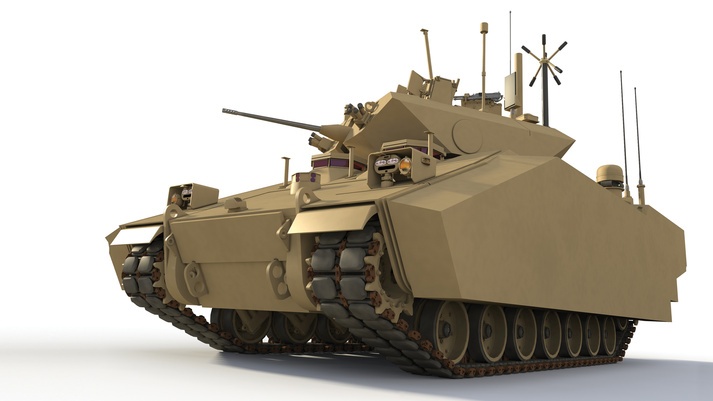New Infantry Fighting Vehicles Priority One

By Debbie Gregory.
Fielding a replacement for the Bradley fighting vehicle is the Army’s top priority for its Next Generation Combat Vehicle (NGCVs) program.
The Army named NGCV as one of its top-six modernization priorities that will be supported under the service’s new Futures Command expected to reach an initial operational capability this summer. The NGCV will replace Cold War era fighting vehicles with a new, modern design meant to kit out tank and mechanized infantry units.
Army Secretary Mark Esper revealed that the service will focus first on the “new infantry fighting vehicle, which is what the first Next Generation Combat Vehicle will be.” It will feature driver-assisted, 360-degree situational awareness assisted by artificial intelligence, as well as computer-assisted targeting and acquisition capabilities allowing quicker decision making in combat.
“We can’t wait 15 years. We’ve got to pull that forward because I’m looking at the National Defense Strategy, I’m looking at those countries and I know I have to get there sooner,” Esper said.
Manned and unmanned NGCVs will work together on the battlefield, with the larger manned vehicles carrying a tank gun or squad of infantry troops. The unmanned vehicle will be considerably smaller, but still carry a considerable punch. The unmanned vehicle could be used as a scouting vehicle, traveling ahead of a mixed armored task force.
The Army has budgeted $38 million for advanced prototyping efforts across the six modernization priorities in FY19.
By late FY19, the Army will introduce one manned and two unmanned combat vehicles for testing by the service’s Test and Evaluation Command. The 2019 deadline for a manned vehicle means the first generation NGCV will likely be something relatively new but already in production.
NGCV is the Army’s third attempt to replace the Abrams tank and the Bradley IFV. During the 2000s, the cancelled Future Combat Systems program spent $18.1 billion without fielding a single vehicle.











